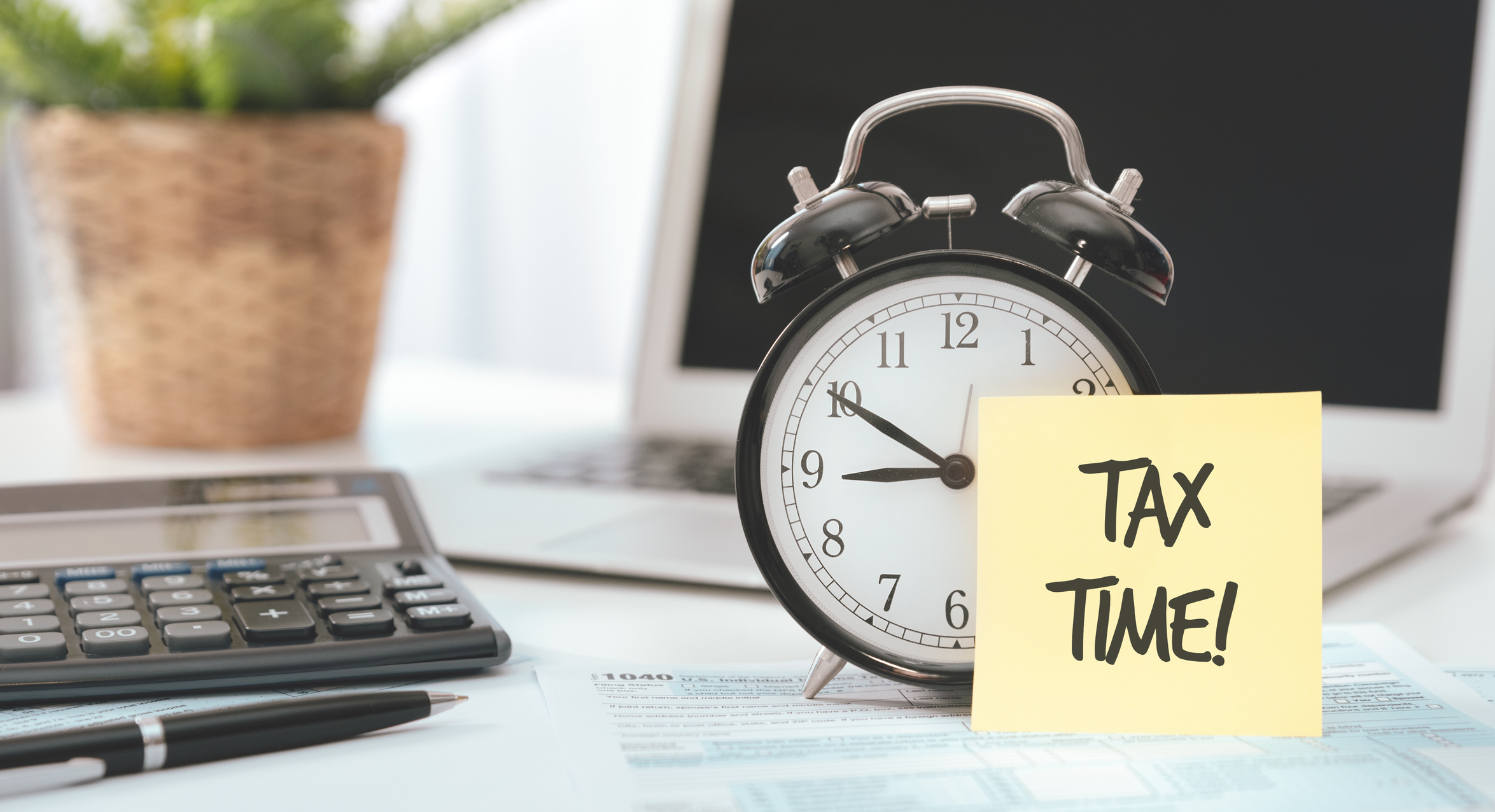Only about half of American employees are aware of a tax break that may assist them to save for retirement through their workplace plan.
Millions of eligible taxpayers who are saving for retirement can take advantage of the Retirement Savings Contributions Credit commonly known as the saver’s credit.
What Is the Saver’s Credit?
The saver’s credit is a nonrefundable tax credit that may be applied up to the first $2,000 of voluntary contributions an eligible taxpayer makes to a 401(k), 403(b), or similar employer-sponsored retirement plan; to a traditional or Roth individual retirement account (IRA); or to an ABLE account for people with disabilities.
Who Is Eligible?
The credit is available to individuals aged 18 or older who have contributed to a retirement plan in the past year and who meet the adjusted gross income (AGI) requirements. Additionally, the tax filer cannot be a full-time student or claimed as a dependent on another person’s tax return.
Below are the AGI caps for the tax year 2021 (for tax returns filed this year) and 2022 (for returns filed next year).

Filing for the Saver’s Credit
Employers can advise eligible workers to take the following steps to claim the saver’s credit, according to TCRS:
- If using tax-preparation software, including those programs offered through the IRS Free File program, use Form 1040 or Form 1040-NR for nonresident aliens. Answer questions about the saver’s credit, which may be referred to as the Retirement Savings Contributions Credit or the Credit for Qualified Retirement Savings Contributions.
- If preparing tax returns manually, complete Form 8880, Credit for Qualified Retirement Savings Contributions, to determine your exact credit rate and amount. Then transfer the amount to the designated line on Form 1040 (Schedule 3) or Form 1040-NR.
- If using a professional tax preparer, ask about the saver’s credit.
Financial planners advise having tax refunds directly deposited into an IRA to further boost retirement savings.
IRS Free File Program Is Available
To use the Free File service, eligible taxpayers will need a copy of their previous year’s tax return to access their AGI, and all relevant income statements, such as Form W-2s showing their annual wages from employers and Form 1099-INT showing interest paid throughout the year.
With these in hand, filers can:
- Go to IRS.gov/FreeFile and browse each of the offers or use a “lookup” tool to help find the right product. Each Free File partner sets its own eligibility standards generally based on income, age, and state residency. But if the taxpayer’s adjusted gross income was $73,000 or less, they will find at least one free product to use.
- Select a provider and follow the links to their webpage to begin a tax return.
Complete and e-File a tax return.
Many Free File online products also offer free state tax preparation, although some charge a state fee. Taxpayers should read each provider’s information carefully.
For 2021 income taxes, the filing deadline this year is Monday, April 18, as April 15 is recognized as a holiday, Emancipation Day, in Washington, D.C. Here are a few other changes you should know about before filing your 2021 taxes.
For more information on other topics like what retirement savers need to know in 2022, visit the Slavic401k blog.





